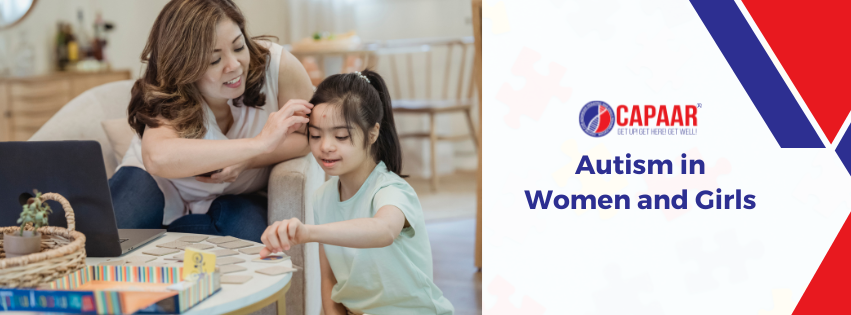Autism in Women and Girls: Understanding the Unique Challenges and Experiences
Autism spectrum disorder (ASD) has long been thought of as a predominantly male condition. However, recent research has shown that autism in women and girls is much more prevalent than previously believed. In this blog, we will explore the unique challenges and experiences of women and girls with autism.
Prevalence of Autism in Women and Girls:
Recent studies have shown that autism in women and girls is much more common than previously believed. It is estimated that for every four males diagnosed with autism, there is one female diagnosed. This discrepancy may be due in part to differences in how autism presents in males versus females, as well as differences in diagnostic criteria and assessment tools.
Challenges and Experiences:
Women and girls with autism often face unique challenges and experiences that may differ from their male counterparts. Here are a few examples:
Social communication challenges: Women and girls with autism may have difficulty with social communication, but may be better at masking or camouflaging their difficulties. This can make it more difficult for them to receive an accurate diagnosis and support.
Sensory processing challenges: Women and girls with autism may experience sensory processing challenges, such as sensitivity to touch or sound, that can be overwhelming and distressing.
Mental health challenges: Women and girls with autism are at a higher risk of developing mental health conditions, such as anxiety and depression, than their male counterparts.
Stigma and stereotypes: Women and girls with autism may face stigma and stereotypes related to their gender, such as the assumption that autism is a male condition. This can make it more difficult for them to receive a timely and accurate diagnosis, as well as access appropriate support and resources.
Strategies for Support:
Increased awareness: Increasing awareness of autism in women and girls can help reduce stigma and improve understanding of the unique challenges and experiences they may face.
More targeted assessments: Using more targeted assessment tools and diagnostic criteria that consider the unique presentation of autism in women and girls can help improve diagnosis and support.
Sensory support: Providing sensory support, such as noise-cancelling headphones or weighted blankets, can help individuals with autism manage sensory processing challenges.
Mental health support: Providing access to mental health support, such as therapy or counseling, can help individuals with autism manage co-occurring mental health conditions.
Community support: Providing access to community support, such as support groups or peer mentoring, can help individuals with autism feel less isolated and more connected to others who share similar experiences.
Conclusion:
Autism in women and girls is more prevalent than previously believed, and individuals with autism may face unique challenges and experiences related to their gender. Increasing awareness, using targeted assessment tools, providing sensory and mental health support, and offering community support can all be helpful strategies for improving the lives of women and girls with autism. By working together, we can ensure that all individuals with autism receive the support and resources they need to thrive.
For more information, visit: http://capaar4autism.com/ or call us @ +91 9986455919




Comments
Post a Comment